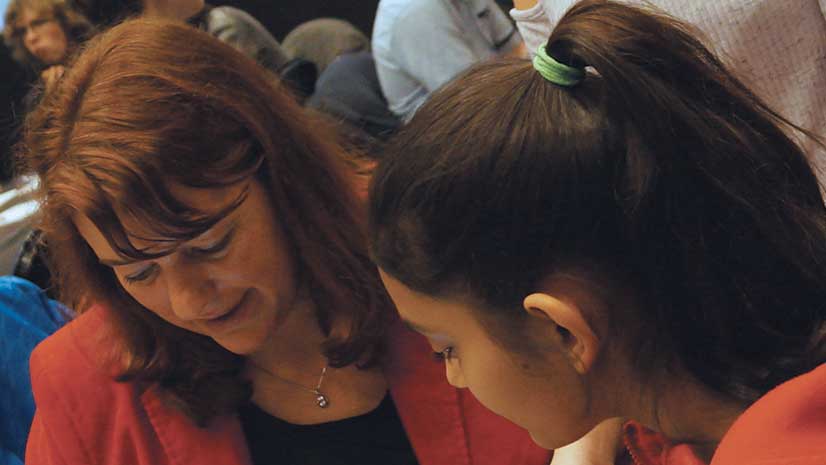Following these tips will help you wow readers of your Esri Story Maps apps every time.
1. Connect with Your Audience
Who are your readers? Before you build your story map, think about who will be seeing it. Craft your text, maps, and other content to suit your audience. Avoid jargon. Use accessible language. It’s not about dumbing down; it’s about striving for clarity and simplicity.
2. Lure People In
Start your story map with a bang. For your cover image, choose one that’s exciting and attractive. Make sure your title is active and descriptive. While a title like A Walking Tour of Springfield is okay, Discover the Hidden Treasures of Springfield is better, but don’t be ambiguous about the location. Make it clear that you are talking about Springfield, Illinois, not Springfield, Massachusetts.
After you lure them in, keep people reading your map. Put the map’s core concepts at the beginning rather than the end. Don’t include outbound hyperlinks in your introduction. They could distract readers and dissuade them from navigating through your story. Put those links at the end of the map.
Kīlauea: Fountains of Fire
Start you story map with an eye-catching opening image or video. This story map uses dramatic footage of Kilauea erupting obtained from the USGS.
3. Choose the Best User Experience
There are many styles of Esri Story Maps apps templates. Go to the Story Maps Gallery to see examples of creative approaches to storytelling as well as general best practices.
Choose one with a user experience appropriate for your story. Story Map Tour is great if you have lots of places with photos and short captions. If you have more text, the Story Map Journal might be better. If you want your audience to be able to compare different maps, Story Map Series makes the most sense. For a long, less structured narrative that people read like a web page, use Story Map Cascade.
Browse all Esri’s templates to decide which one makes the most sense for your map. Each template has a tutorial page that guides you through the authoring process. Once you have picked a template, take the template tutorial.
Seven Wonders: Natural World
The Seven Natural Wonders, a conservation effort initiated in 2008, seeks to raise awareness of the most remarkable natural places and phenomena of Planet Earth—and beyond.
4. Make Easy-to-Read Maps
You can create your web maps in ArcGIS Online first and reference them when building your story map. Some templates also let you create and edit maps within their interactive builders. No matter which approach you use, make sure your maps are as simple, clear, and user-friendly as possible.
You can add your data to ArcGIS Online web maps in many formats, including tabular data from spreadsheets. Combine your data with the authoritative data published by Esri and other leading agencies. Choose an appropriate basemap. In many cases, a simple gray basemap may be better than satellite imagery.
Incorporate cartography that matches your project. Edit your map to eliminate unnecessary detail. Think about what custom pop-ups, legends, and symbology you want to provide to deliver your map’s message.
5. Strive for Simplicity
Stories are distillations. The more you remove nonessential elements, the more effectively you can communicate. Remember that attention spans are short in the digital age, so shorten your text and simplify your maps—and then go back and do it again. A person should not have to get to the fifth or sixth section of your story map to understand its underlying concepts and mission.
Mapping Incomes
Income disparities are real—and getting more extreme. A close look at maps of income distribution in U.S. cities reveals subtleties and surprises.
6. Reach Your Audience
Now that you’ve finished your story map, make sure it gets in front of its target audience. You can share your work publicly or restrict it so it can only be accessed by people in your organization. Promote your published story map by linking to it, embedding it in your website, writing a blog post about it, sharing it on social media, or including it in your newsletter.

